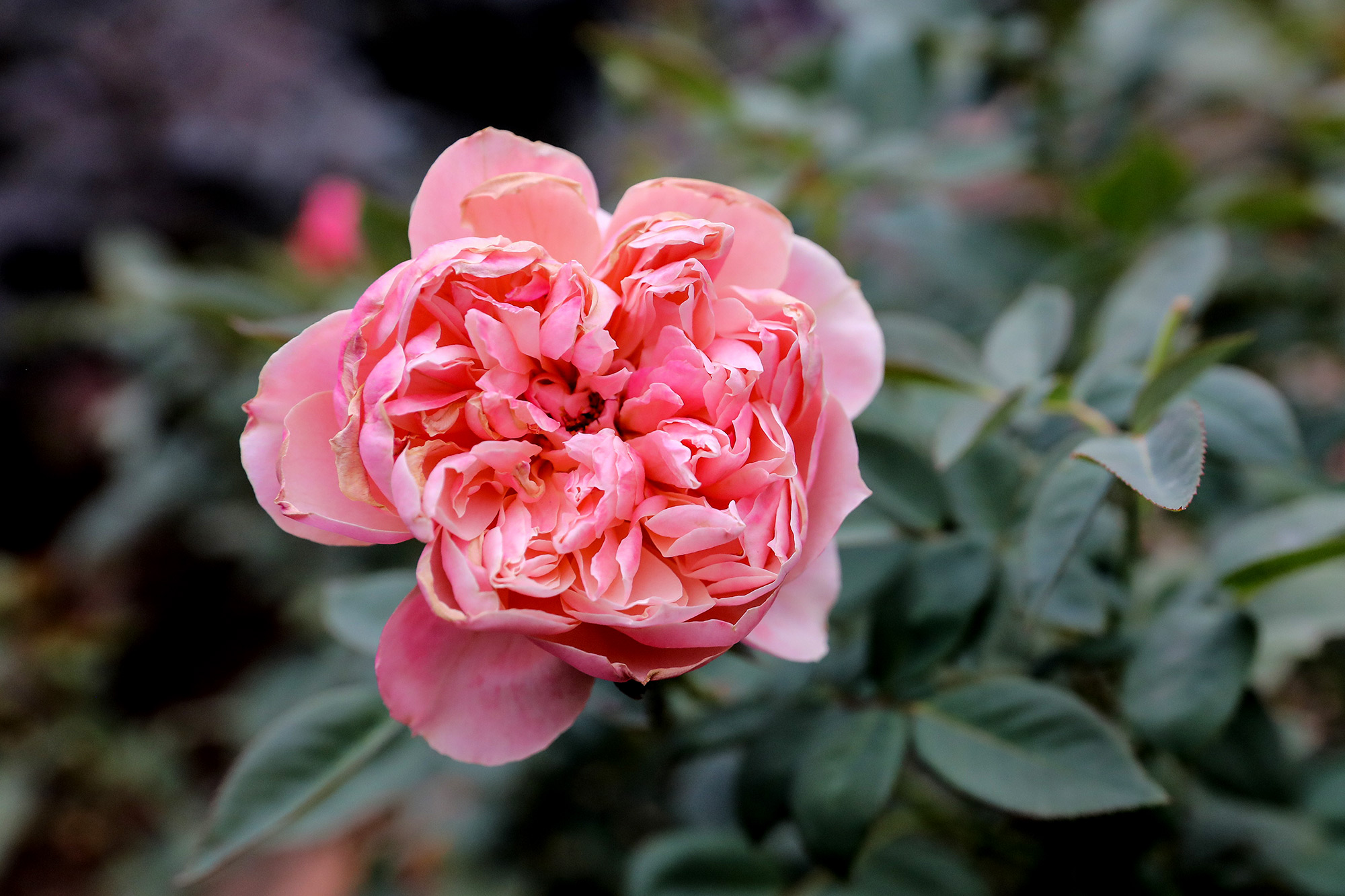
Fall is here, and winter is not far behind. Your garden might be looking a little bleak right now, but it doesn’t have to stay that way. What can you grow through these colder months and how can you prepare for a heaping harvest next year? Colorado Matters got listener questions and asked farmer and gardening expert Fatuma Emmad, co-founder of FrontLine Farming, for her advice.
Sharon McCreary, Denver: Last summer, my husband built two large planter boxes for gardening; They're about four feet, by eight feet, by two feet. We grew a lot of vegetables and herbs in them and got quite a bit of produce. But gardening season is over and the produce is finished. I'm not sure if there's something I should do with these planter boxes in the off season. Do I leave them to rest? Plant a cover crop? Add compost?
There are a lot of worthwhile projects that you can do during the winter. You can grow a little, but you can also prepare yourself to transition into the next season. One of the important things, regardless of what you’re doing during the winter, is to know that plants still need water in the winter. So, if you’re planting something, keeping your cold-weather plants watered is important.
One of the biggest things in any type of gardening is to take special care of your soil. If you're already using things like raised beds — and even in the ground — think about using a cover cloth, also called row covers. Take advantage of cover crops, such as clover — things that will help rebuild your soil by adding nitrogen to it. You can also use turnips and radishes that will help break up the soil for next season.
Certainly there are things that are more cold-tolerant in our region, which include root vegetables, so things that grow underground like carrots, turnips, beets. Cabbage and greens also are a good thing to grow: your collard greens, spinach. Onion-family plants do really well with cold weather: so onion, garlic, leeks and chives. And some perennial herbs are very cold-resistant: like horseradish, tarragon and chives.
Think about mulching around your plants; they need that extra warmth to keep the soil from freezing around them. You can use leaves, straw or mulch.
Jim Clarke, Arvada: How often should you water mature trees in winter?
October through March, you should be thinking about watering your trees, shrubs and perennials. You want to water when the temperature is above 40 degrees [fahrenheit]; when it's midday and you're getting a lot of sunshine to the tree. When you think about your newly planted shrubs and trees, make sure to at least water them twice a month during these times. If you have more established trees, think about at least trying to get out there one time a month.
With newly established plants versus older ones: newer ones have more shallow roots and so they need more water often because they're higher towards the surface. But, with established plants, their roots go down deep, so they have this ability to retain water longer. Give it a lot of water slowly to get down to their roots.
Heather Becker, Denver: I do not have a yard. Like a lot of Denverites, I live in an apartment building. I am very lucky and I have a patio, which faces west, so I get tons of sunlight in the afternoon and evenings. I have a two-part question: what type of container is the best type of container to keep the root systems protected? And, are there any bulbs or plants that I could plant right now that would survive a harsh Colorado winter and bloom in spring?”
Heavy clay pots, or anything that's really sturdy, will make sure the plants are insulated and keep the soil from freezing. I think that the important thing to think about is how you place your pots at your home. Think about clustering your pots together, keeping your larger pots to the outside and your smaller ones to the inside, and try to keep them under your eaves, or covering them if you can. Adding some mulch on that top layer will help your plants survive the winter.
The second part of your question — what might you grow in pots in the winter? Popular plants are violas and pansies. A lot of people have mums in their pots right now because that's a good cold-hardy plant. There are plants like Gaultheria, which is a beautiful winter berry. There are also other plants that do well in the cold, if you keep those pots protected. Lily of the Valley or the Hellebore plant, which blooms in beautiful colors and even takes snow falling on it. Certainly you can look online for winter-hardy plants in our region to find out more.
Carl Bilek, Highlands Ranch: Is it time to cut rose bushes back now? Or should that be done only in spring?
Editor’s note: Bilek is the executive producer of Colorado Matters
The best time to prune roses on the Front Range is between late April and early May, after the plant has broken dormancy and after the final spring frost. It’s important to understand that pruning can stimulate new growth, and if we are pruning too early, then tender growth risks being damaged during spring frosts and freezes.
If you really want to get out there and do some pruning in the fall, I would suggest cutting off any sticks that are clearly broken. It's important to wait until after the first hard frost. If you cut back before the first hard frost, it can signal the roses to grow when they should be going dormant for the winter.








